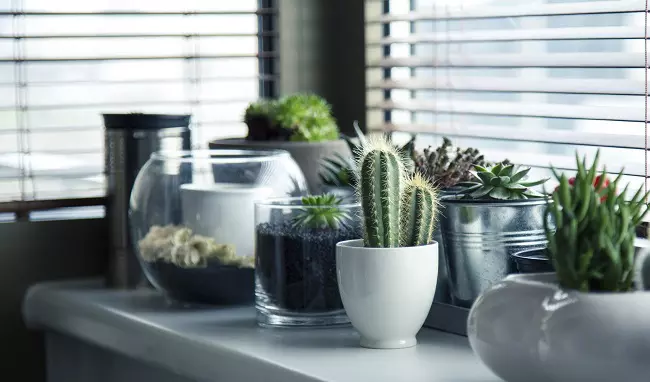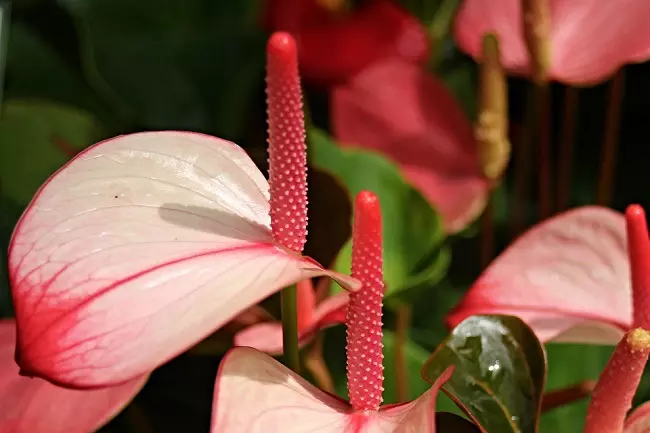5 plants that can purify the indoor air
According to NASA Clean Air Study, some common indoor plants can help us get rid of some toxic agents - such as formaldehyde, benzene or ammonia - in our living spaces. This means we can actually make an important step to have a healthier home by sharing it with certain plants.
Houseplants are not only highly decorative, but also useful air-purifiers (Photo: pexels.com)
Air pollution is a common - and serious - health hazard, that, according to the State of Global Air Report, has contributed to the death of more than 6 million people worldwide in 2016. While outdoor air pollution is something we can do somewhat less against, much more can be done to make our home a healthier place.
This includes avoiding smoking indoors, using a well-ventilated gas stove, installing exhaust fans in the kitchen and bathroom, using polishes and sprays only in well-ventilated areas, removing the carpeting where its possible, avoiding the use of air fresheners - and getting some lovely indoor plants that will not only clean the air, but also provide an aesthetic and pleasant sight.
While most of the popular indoor plants make good air-purifiers, some of them are especially useful. Here we picked five common plants that were tested in the NASA Clean Air Study and proved to be especially great in cleaning the air.
Flamingo lilies are really popular indoor plants due to their decorative flowers and eye-catching, heart-shaped leaves. They do quite well even in rooms that are not particularly well lit, so home owners usually decide to place them at the shadier parts of their rooms. As the study found it out, flamingo lilies remove considerable amounts of benzene, formaldehyde, trichloroethylene and xylene even ammonia from the air. Unfortunately, this beautiful lily is toxic - so you better avoid it or be really careful if you have little children, cats, dogs, parakeets, bunnies, etc. in the household.
Flamingo lily is one of the best plants when it comes to the cleaning of the air (Photo: pixabay.com)
Common ivy is most commonly found in the gardens instead of the rooms, but if you decide to take some of it inside, and provide a good care, this plant will make the air of your home a lot cleaner. Having common ivy in a room means its air likely contains somewhat less benzene, formaldehyde, trichloroethylene and xylene in it than it would without the plant… Common ivy also has toxic properties.
Some plants, such as the variegated snake plant - also known as mother-in-law's tongue -, are popular not because of their flowers, but for the leaves, that provide the same lovely sight through the whole year. It may be a great choice for those who aim to lessen the amount of benzene, formaldehyde, trichloroethylene and xylene in the air of their home. While it's a great plant to purify the air, it's toxic to both pets and children.
Red-edged dracaenas make nice ornamental plants with their thick stems and spectacular leaves, and are ideal for those who never had any houseplants before. What more, this plant can grow both in shady and better lit places. Red-edged dracaena is also reducing the amount of benzene, formaldehyde, trichloroethylene and xylene in the air, but unfortunately is toxic to children and pets, too.
Spider plants are one of the greatest indoor plants for beginners, and not only are they easy to take care of, but also really easy to propagate. They make wonderful air-purifier plants, and reduce especially the amount of formaldehyde, and xylene in the air. This plant is non-toxic to cats and dogs.
Anita Diós
May 2018

